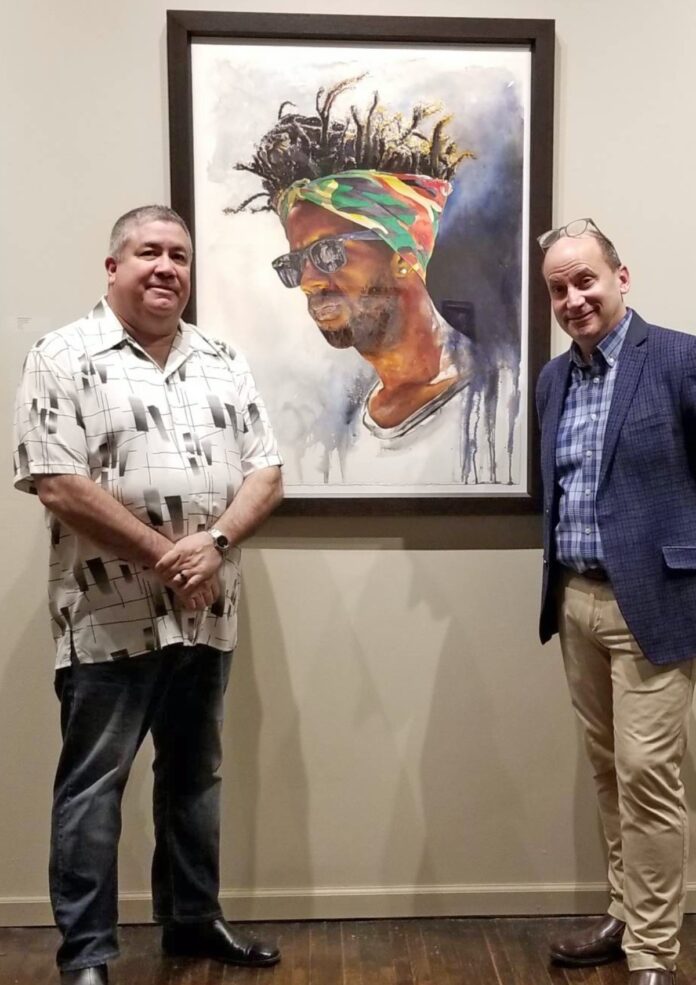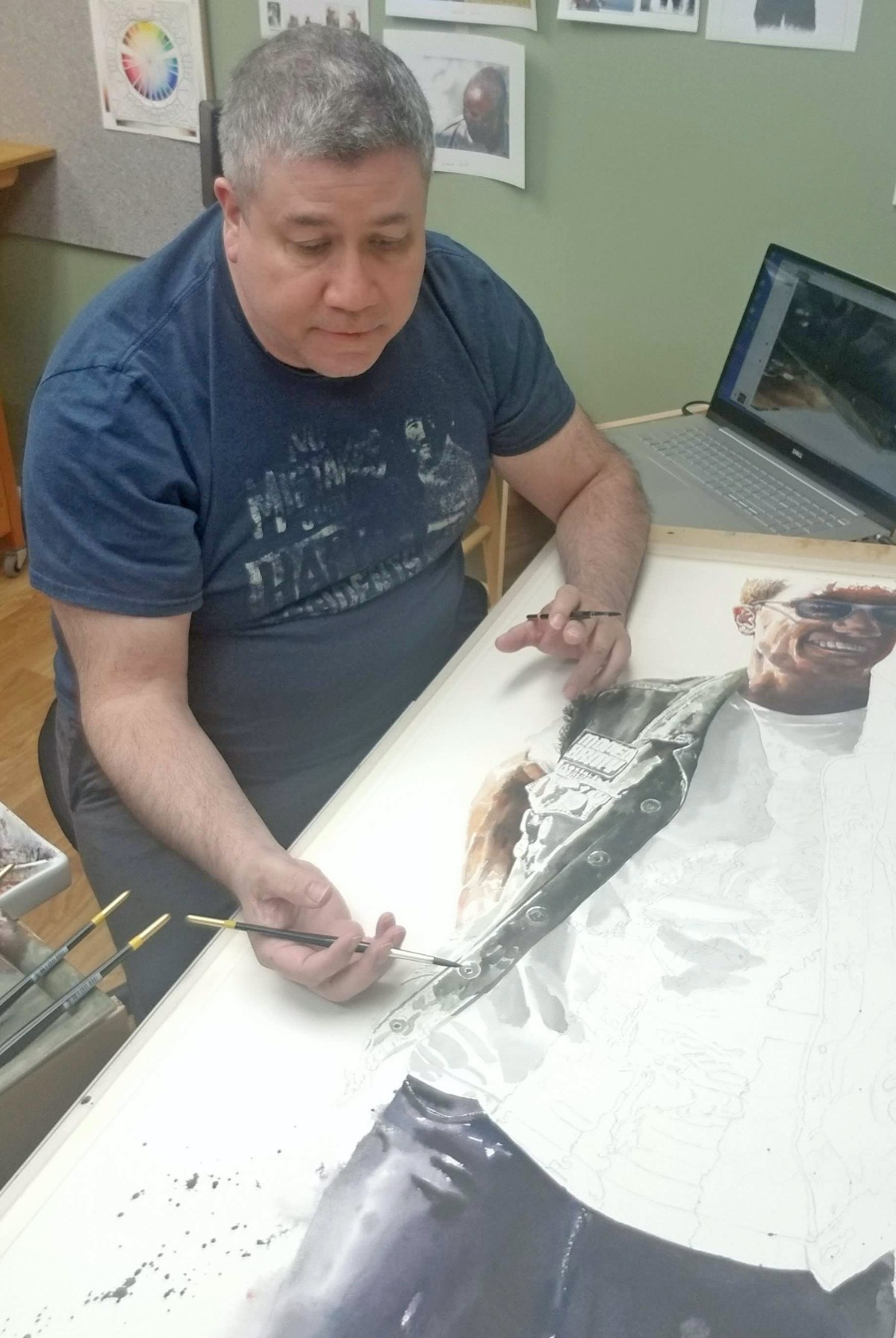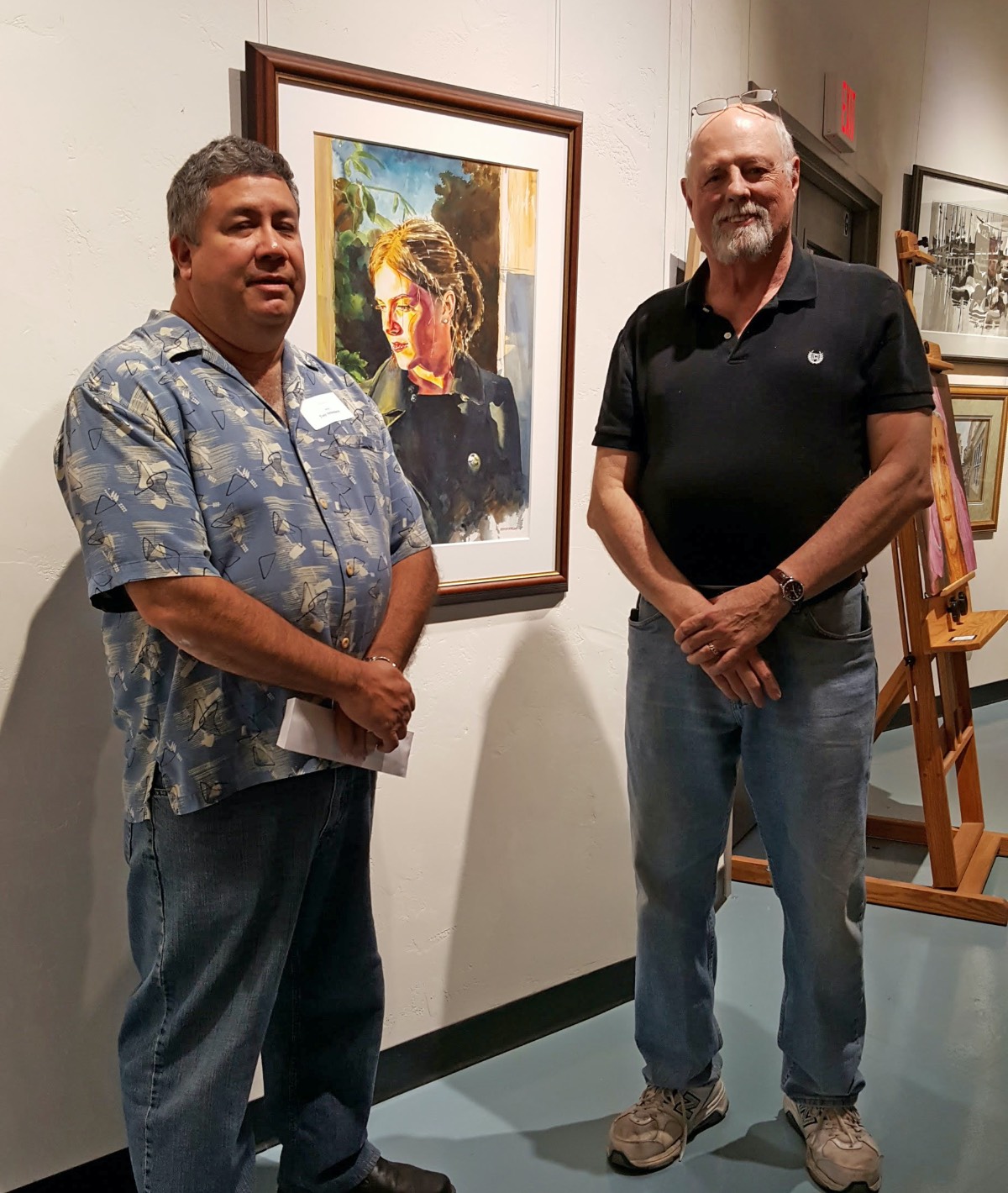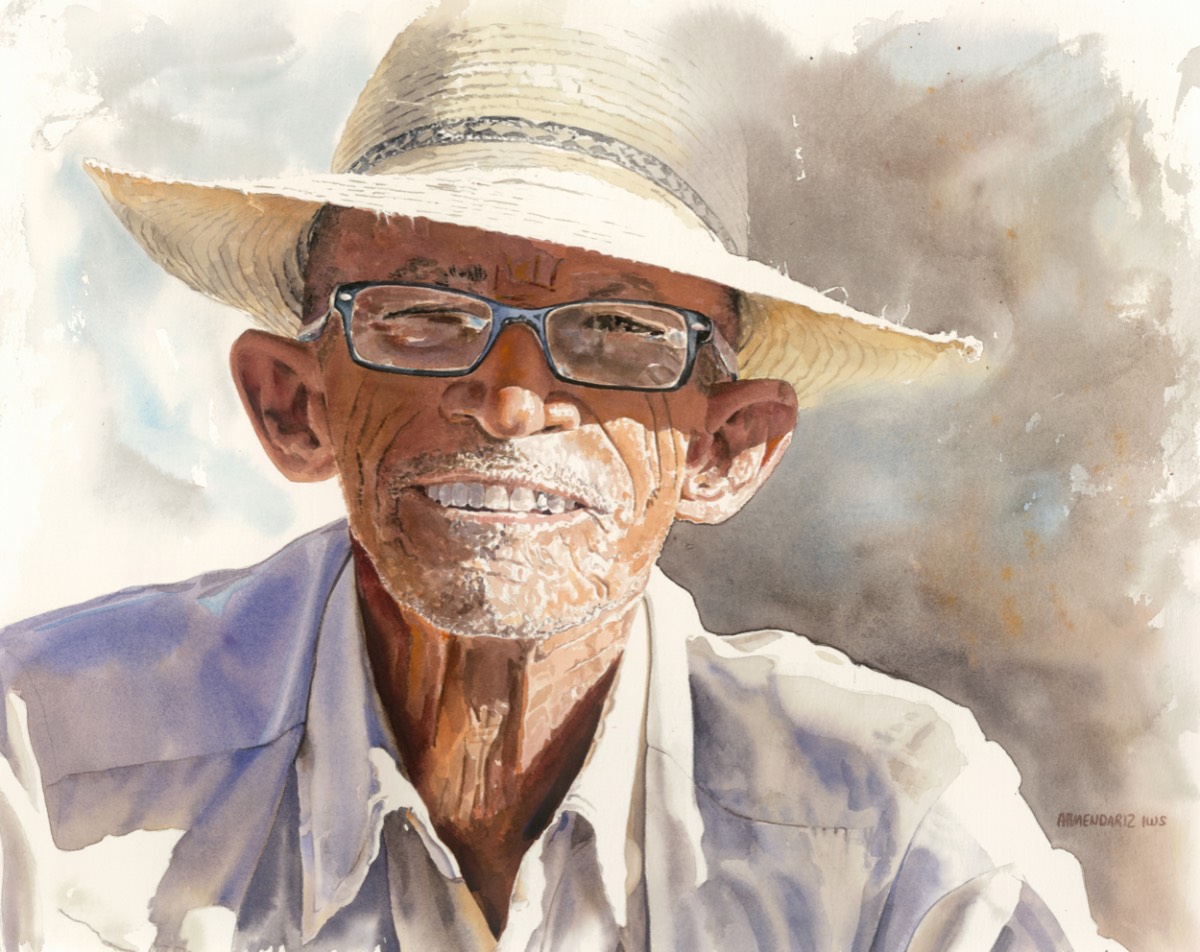
Get more from entering art competitions — win or lose — with these essential etiquette tips from a pro. The following is part of a series featuring a leader in the art community who will be joining us on the faculty of Watercolor Live, a virtual art conference taking place January 24-26, 2024.
Etiquette at Art Competitions
By Tony Armendariz
When was the last time you spoke to a competition judge or juror about your work? Or even simply thanked them for considering it — whether you won an award or not? When you don’t take the opportunity to talk to a judge, you’re missing out on several important steps in the development of your career.
I’ve both entered and judged my share of shows over the years and have had experiences that cross the spectrum. At the beginning of my career, I often left award ceremonies feeling like I’d missed something. Later on, as I started to judge shows, I would tell the group in attendance at the awards presentation that I was going to hang around for a while and would be glad to talk with anyone about their work. Sometimes a few artists would approach me, and sometimes nobody would. In the instances when an award-winning artist could not attend the reception, I thought “Oh, too bad, but I’m sure I’ll hear from him or her later.” The truth is that didn’t happen as much as you would like to think.

Mind Your Manners and Get Ahead
Let’s play out the scenario. You’ve decided to jump into the show arena. Good for you. You’ve taken an important step in the development of your career. Then you get the big letter. “Congratulations, your work has been accepted into the show!” Just getting into an exhibition is a big deal. For starters, a judge or jurors of selection have spent a good deal of time looking at your work in order to make the decision to include it in the show. Right there is the ice breaker that should be the impetus for you to reach out to them at some point, first to first thank them and then, if you’re fortunate enough, to engage them in a conversation about you and your work, hopefully in person on awards night.
“Oh, I’m just not good at talking about my work,” you say? Remember, the only bad questions are the ones not asked. You’re on these folks’ radar now. Not only can you learn about the jurying process and get specific comments on your work, but you also open the door to future opportunities and new relationships. Look at it this way, you’re meeting important players in the art world and getting recognition (i.e. starting to matter) — and the evening’s just getting started.

Now it’s time for the awards announcement. Your name is called. Congratulations again! Now what? First things first. It’s time to thank the folks that made it happen. Think about all those Oscars speeches you’ve seen on TV. Clutching their trophy, the appreciative actor approaches the lectern to thank the Academy, the other actors and behind-the-scenes people, their families, and last but not least, their agent. Hokey as some of those speeches sound, you better believe people remember that stuff. And when they don’t get thanked, they remember the slight even more. Sure, that’s Hollywood, but it’s still a nice example to follow.
The show is wrapping up. You’ve thanked the judge or jurors of selection, as well as the judge of awards. If you weren’t able to be there in person, then via email. (Some of us even indulge in an old-school handwritten card.) Perhaps you even posed for a photo with the judge while talking about your work — always, always, always talk about your work. You may have exchanged business cards and shared social media contacts. And to what effect?
Now that you’ve been rewarded publicly for your work, your peers and the art crowd will start talking about you. You’ve made connections and learned some things in the process. Doors of opportunity have just opened. Step through them.

The above article originally appeared on our sister site, AmericanWatercolor.net.
Helpful Links
- Visit Tony Armendariz’s website
- Learn how to paint with watercolor during Watercolor Live, featuring Tony Armendariz and more than 30 other master artists and teachers
- Enter your best work in the PleinAir Salon monthly art competition, with $50,000 in prizes
- Become a Realism Today Ambassador for the chance to see your work featured in our newsletter, on our social media, and on this site.





I agree with all of Mr. Armendariz’s comments with one caveat. If the same person is both juror and judge, I would thank the juror but would not initiate any further contact with that person until he/she judges the exhibition. I consider it pandering and poor form to do otherwise. A caveat to my caveat is if the judge reaches out to you for some reason. In such a case, it would be impolite not to respond.
Great article, Tony! Thank you so much for helping us see more in the experience.
Comments are closed.